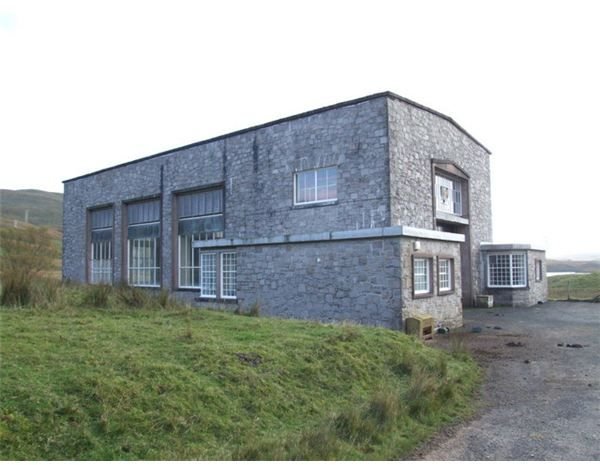Pumped Hydro Still Most Popular Form of Energy Storage in US
What is Pumped Hydro Storage?
In the simplest pumped hydro schemes, extra electricity is used to pump water from a reservoir at a lower elevation to a reservoir at a higher elevation at time when electricity usage is low. When demand peaks, or when alternative energy sources like solar or wind power are not available, the water is released. The narrow passageways that the water travels through contain turbines that use the water power to generate additional electricity. It can choose between two paths: it can cycle through the system on a loop; or it can be released in one direction only.
How Pumped Hydro Storage is Being Used for Efficiency
Popular alternative energy methods, such as wind and solar power, are currently in use in some communities. For these people, when the wind stops blowing and sunlight becomes unavailable, they must turn to other sources of energy. In many cases, they turn to energy produced by pumped hydro storage. Sometimes this decidedly low-tech energy approach is needed when primary energy sources may not be available.
Pumped hydro storage is best used to supplement other energy sources when the price of electricity is up, and produced during off-peak times when the use of electricity is down.
A Brief History of Pumped Hydro Storage
The first pumped storage facility was built in Switzerland in 1909. It had a capacity of 1.5 MW. The first United States facility was built in 1929 on the Rocky River in Connecticut. The reversible pump in this facility made it more efficient than the Switzerland facility.
The first storage pump facility that had a reversible turbine unit was built in 1954 in the state of Colorado. It was mostly used for irrigation and had a megawatt capacity of 75.1. The next facility that was used for the sole purpose of electrical storage was constructed in 1956.
Methods of Operation
Depending on whatever current mode that they used as their primary power, some facilities have different methods in which they operate. For instance, during peak times, regions that use nuclear power would produce electricity for pumped hydro storage. Other facilities would be seasonal in their method. When river flow is at its peak, it is the best time to take advantage of hydro storage.
Small Pumped Hydro Energy Storage
There is also plant size to consider. Each plant has its own category or class: large, medium, small, mini, and micro. Each class is categorized by the number of megawatts it produces.
With micro, or small pumped hydro energy storage, reservoirs are not built. These systems depend on a portion of river stream flow in order to produce power, and the effect on the environment is minimal. The flow rate and the distance that the water falls contributes to the amount of electricity contained.
Small pumped hydro energy storage facilities typically have a generating capacity of 1 to 10 Megawatts of generating capacity.
Resource Links
Hawaiian Renewable: Small Pumped Hydro Storage
Symbiotics: A New Generation of Hydropower
